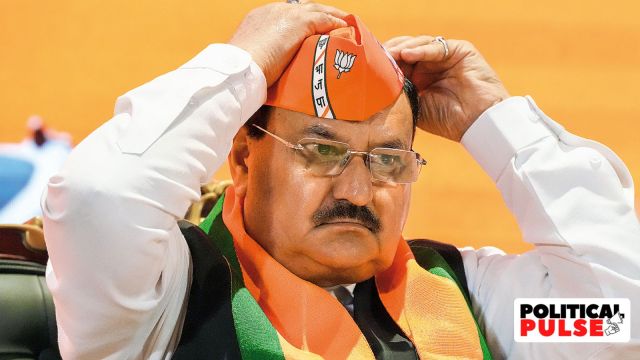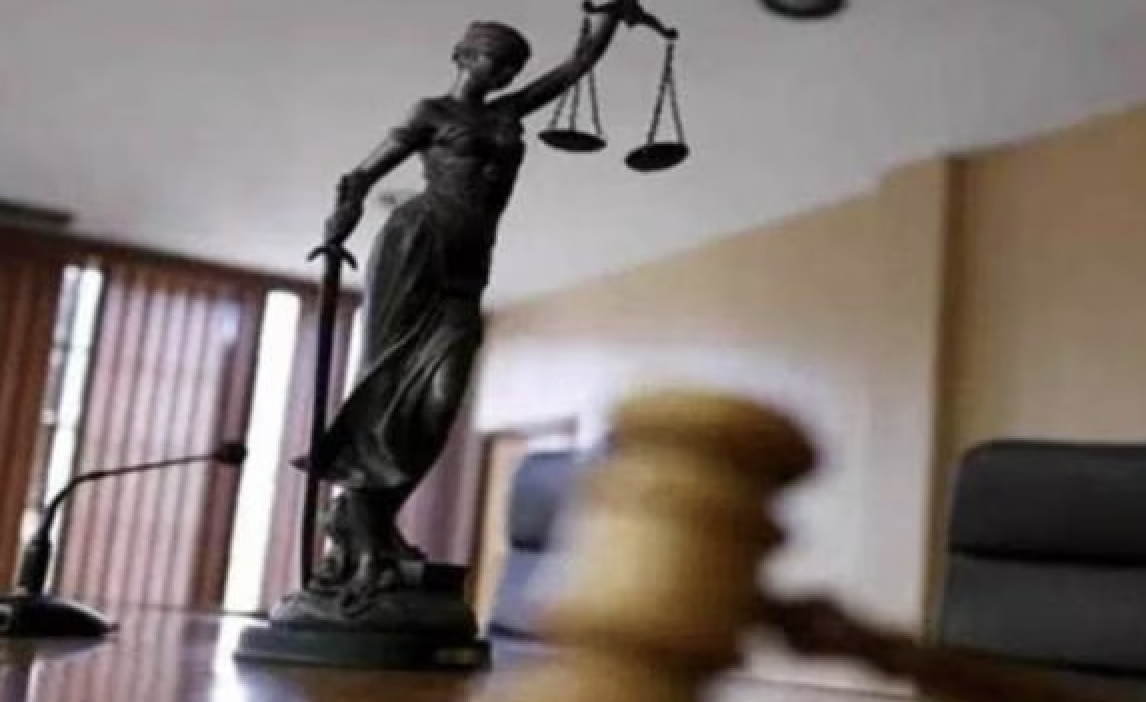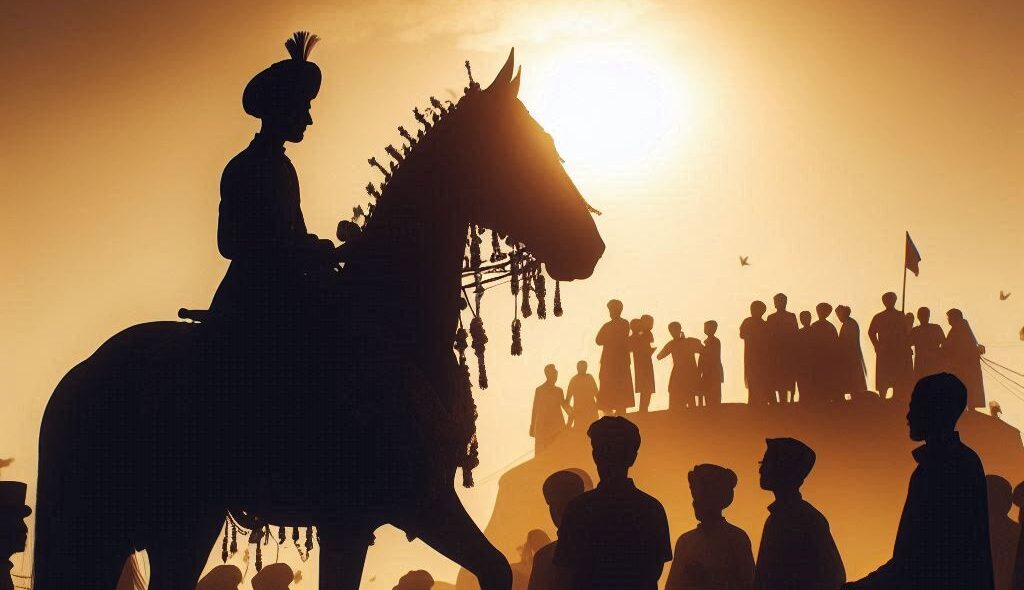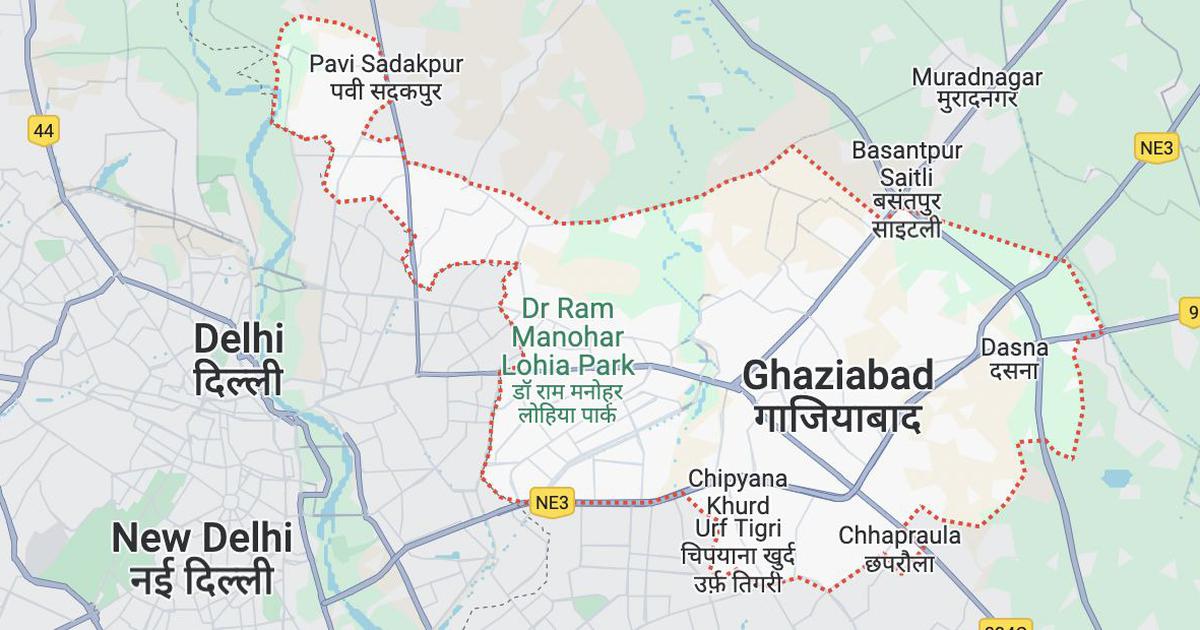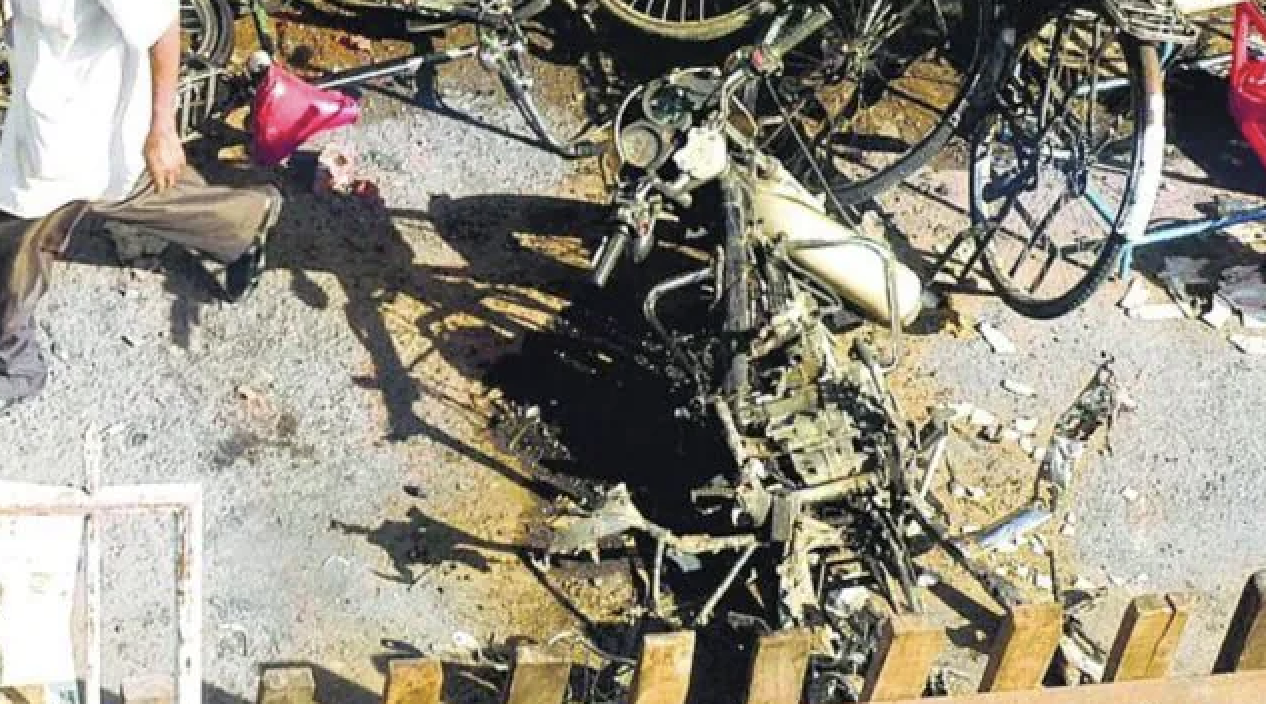
(Photo: The Quint)
“When I was coming back from Ayodhya in 1984 after offering Kar Seva (voluntary labour) I was troubled by the thought if there was a way to ‘free’ Lord Shiva in Kashi. I kept asking people for six months if there was a way to start such a movement in Kashi,” said Sohan Lal Arya, the first person who claimed that there was a ‘shivling’ in Gyanvapi Masjid.
Arya was a senior leader and spokesperson of the Vishwa Hindu Parishad (VHP) from 1984 to 1995, and took the Gyanvapi mosque matter to court in 1995. The VHP is a Hindutva organisation that played a key role in the Babri Masjid case.
The Quint sat down with two of the petitioners in the case, Sita Sahu and Sohan Lal Arya, the driving force behind the petition in the Gyanvapi Masjid row to know their side of the story.
Gyanvapi Masjid-Shringar Gauri Mata Mandir Case Reached Court in 1995
Arya told The Quint that once the VHP and the Bajrang Dal workers threw 300-400 urns filled with water from Ganga river towards Gyanvapi Masjid. The administration reacted to this by putting up a 10-feet barricade.
It was then in 1995 that Arya filed a suit regarding the right to visit Shringar Gauri and to worship unknown gods and goddesses inside the mosque complex, which Arya refers to as “Vishwaswar Mahadev temple.”
‘Goddesses Chosen For a Goddess’
When the first petition didn’t lead to a survey of the mosque, Arya continued his efforts and 25 years later filed another petition with the help of five local women in 2021, seeking to worship the Shringar Gauri and other idols within the Gyanvapi mosque complex.
Sahu told The Quint that she met the other petitioners in the temple and during other spiritual gatherings such as satsangs. She runs a small general store from her house in Chetganj area of Varanasi, just 2 km from the Gyanvapi complex.
People gather once a year to pray to the deity – Shringar Gauri – on the outer wall of the Gyanvapi mosque.
Devotees are allowed access to the deity only for one day in the year for one hour. Sahu said that this caused problems as devotees have to offer prayers amid a huge crowd.
Out of the five petitioners, one petitioner, who hails from Delhi, withdrew her name after her husband raised objections to it, Arya said.
‘Shivling’ or Fountain?
The Muslim side has said that the structure which Arya and other petitioners have claimed to be a ‘shivling‘ is a fountain that has been present in the ‘Wazu Khana’ of the Gyanvapi Mosque. When asked about this, Arya said,
“Any fountain in the world is usually placed in the centre of the area that it’s built in, but in this case, it’s on one side. That proves that it is not a fountain,” Arya adds.
‘Hindu and Muslim Side Working Together’
“People will be surprised to note that both sides are working together in the case,” Arya told The Quint.
Sahu also claims that Muslims in Kashi know that this structure is not a mosque.
“I consider Muslims my brothers and sisters, no Muslim from here have done harm to the temples. Muslims from foreign places came and demolished our temples, not the ones who are from here. I am confident that the Muslims here will support me in the cause because they also know the truth,” Sahu said.
This article first appeared on thequint.com


